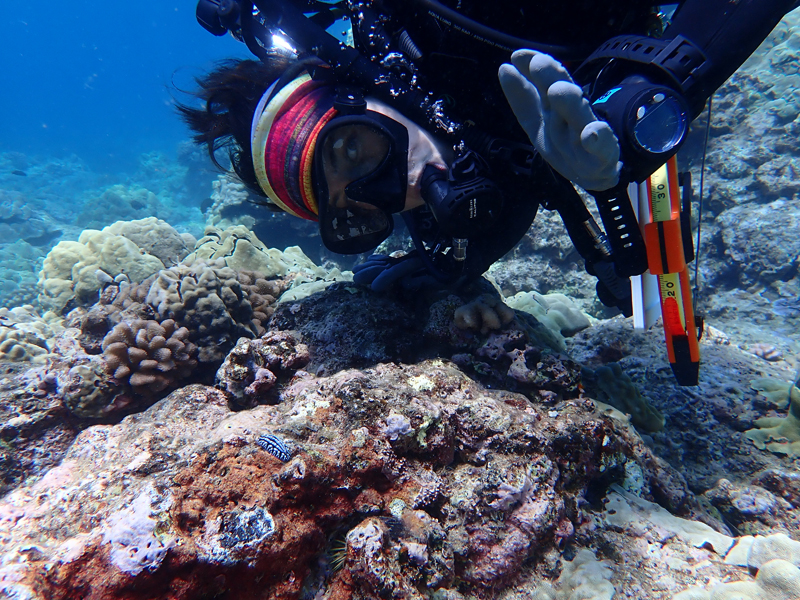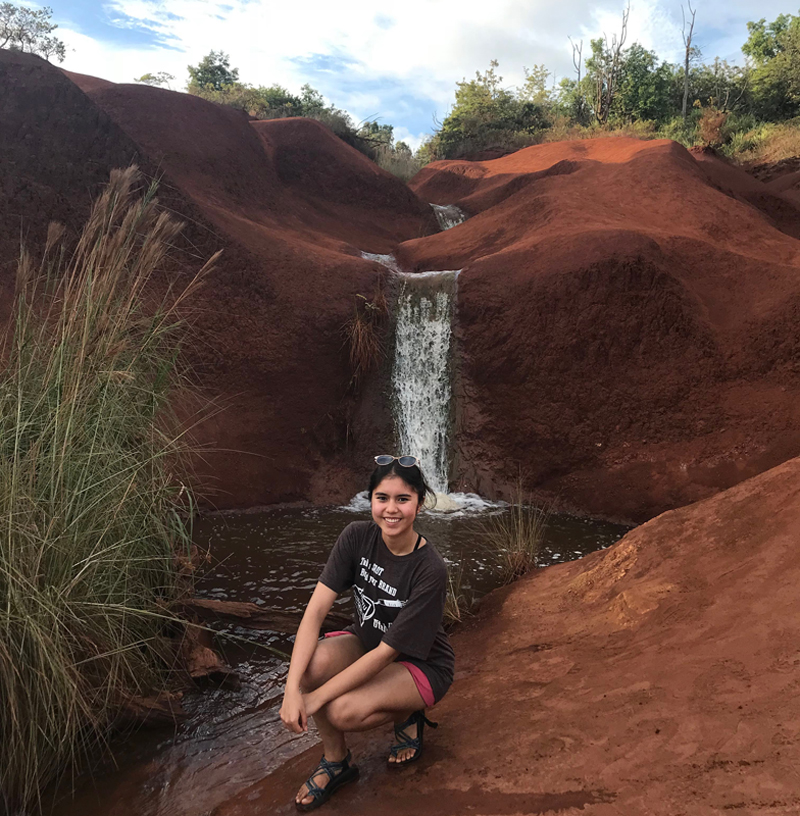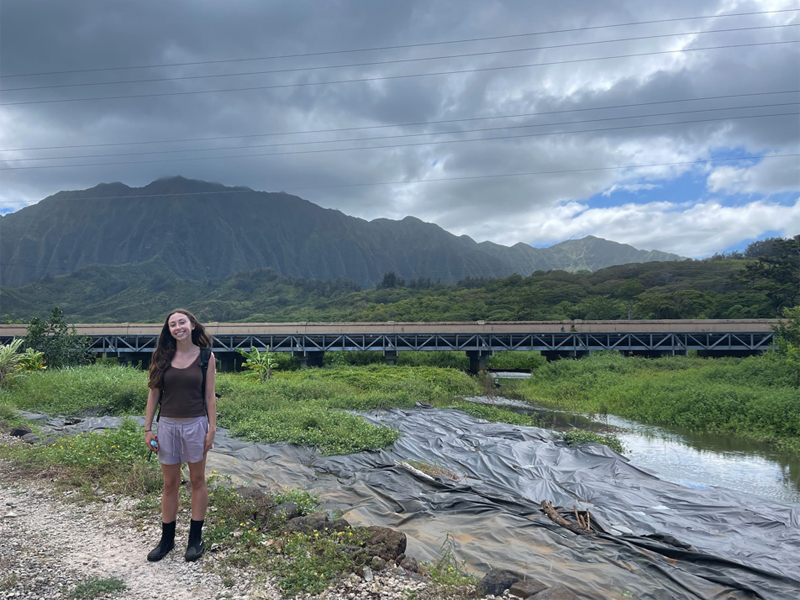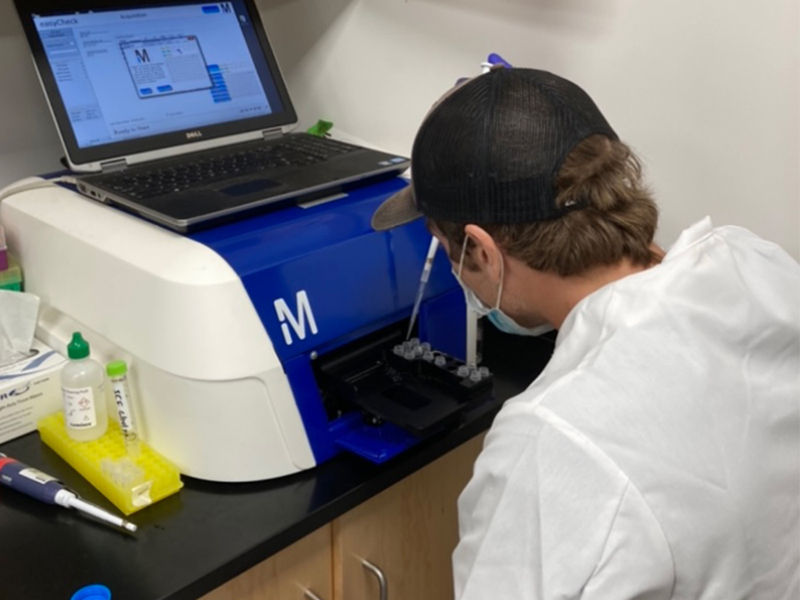2022 SURF Projects
Evaluating the role of Marine Protected Areas in supporting fisheries

Faculty mentor: Elizabeth Madin, HIMB, UH Mānoa
Marine reserve zones in Florida have been found to supply increasing numbers of record-sized fish to adjacent fisheries. This study aims to explore this spill-over effect of Marine Protected Areas on a larger scale, using spatial statistical analyses of world-wide historical records for all major marine protected areas and looking at species associated with reef ecosystems, ones particularly vulnerable to climate change effects.
Expected range shifts of fire-promoting grasses in Hawaiʻi in response to climate change

Faculty mentor: Curt Daehler, College of Life Sciences, UH Mānoa
Studies show many plants shifting ranges in response to climate change. Invasive grasses are particularly concerning, because they promote wildfires and disrupt valuable ecosystems. This project will use species distribution modeling to compare responses of grasses with different photosynthetic pathways to shifting climate conditions, to test the utility of that variable as a predictor of future range shifts.
Which fish live where?

Faculty mentors: Shimi Rii & Fred Reppun, HIMB, UH Mānoa/Heʻeia NERR
Extreme tidal events are convenient proxies for examining possible effects of future sea-level rise on a variety of coastal and marine conditions. This project focuses on shifts in estuarine fish biodiversity as a result of rising sea levels, measuring water quality and collecting environmental DNA in the Heʻeia NERR during and after King Tide events.
Natural gap regeneration of Acacia koa in a non-native forest

Faculty mentor: Travis Idol, NREM, UH Mānoa
Acacia koa is a native pioneer species in secondary forest succession, regenerating from long-lived seeds after stand-level clearing events. However, research on regeneration in smaller forest gaps is sparse. This project will measure gap characteristics and koa seedling survival, morphology, and growth in gaps of varying size in two Waiʻanae forests, aiming to inform management strategies for koa regeneration and native forest restoration.
Using microbiology to explore the health of a future, warmer ocean

Faculty mentors: Michael Rappé, HIMB, UH Mānoa
Ocean temperature rise caused by climate change is increasing stratification in open oceans, limiting nutrient delivery to surface phytoplankton and causing declines in productivity and biomass in open-ocean environments. This project will isolate two cyanobacteria strains inside Kāneʻohe Bay, Oʻahu, and offshore, to serve as models for possible phytoplankton responses to increased temperature and decreased nutrient input in a future ocean.
PROGRAM DETAILS
These five projects were conducted during the 10 weeks of the PI-CASC Summer Undergraduate Research Fellowship program in 2022. The SURFers worked with their mentors to carry out these impressive climate adaptation science projects, participated in professional development workshops, and presented their results at a symposium at the end of the summer.

